Dupuytren’s Contracture is a disease of the fascia – a tissue between your skin and muscle.
1 min read 22 Nov 2021
What is Dupuytren’s disease?
Dupuytren’s Contracture is a disease of the fascia – a tissue between your skin and muscle. The fascia becomes tight and forms a lump/band that can be felt in the palm of your hand. It causes the fingers (usually the small and ring fingers) to bend forward.
This is caused by a pathological change in your normal fascia. The cause for this change is unknown. A surgical procedure – called a palmar fasciotomy – or a collagen enzyme injection are treatment methods to improve this fixed flexion contracture (where your fingers cannot straighten). It tends to run in the family and is more common in males.
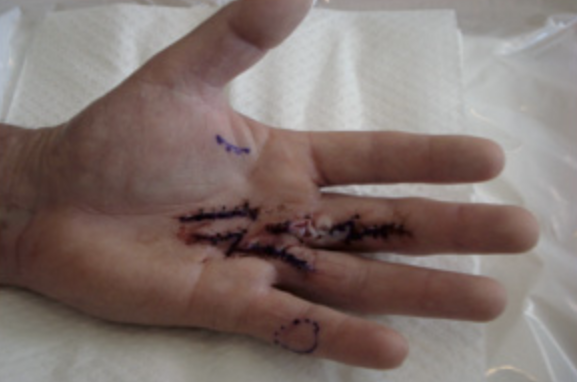
What may I experience?
What should I do?
Surgery will most likely be required at some stage. After surgery, your hand is immobilised in a splint until your stitches are removed at 10 days. During this time it is essential that you attend therapy for the mobilisation of all your joints.
Movement is critical in these early days, as there is a risk of serious scar tissue formation and contracture. A custom made extension splint is then worn at night for three weeks. Your wound will be dressed, usually every second day.
Your wound will need to be kept dry until the sutures come out. You will be required to do range and opposition exercises for your fingers, wrist, elbow and shoulder so they don’t get stiff.
In therapy, you will learn how to manage your scar with massage, silicone and desensitisation exercises, as the scar can become hypersensitive. Functional strengthening exercises will also be taught.
What can I expect?
You should be able to return to the activities you where doing prior to surgery within three weeks. It may take three months to regain full strength, depending on the severity of the initial contractures. It is important to realise that it is a disease process and the contractures may return at a later date. You will experience increased functionality post surgery.
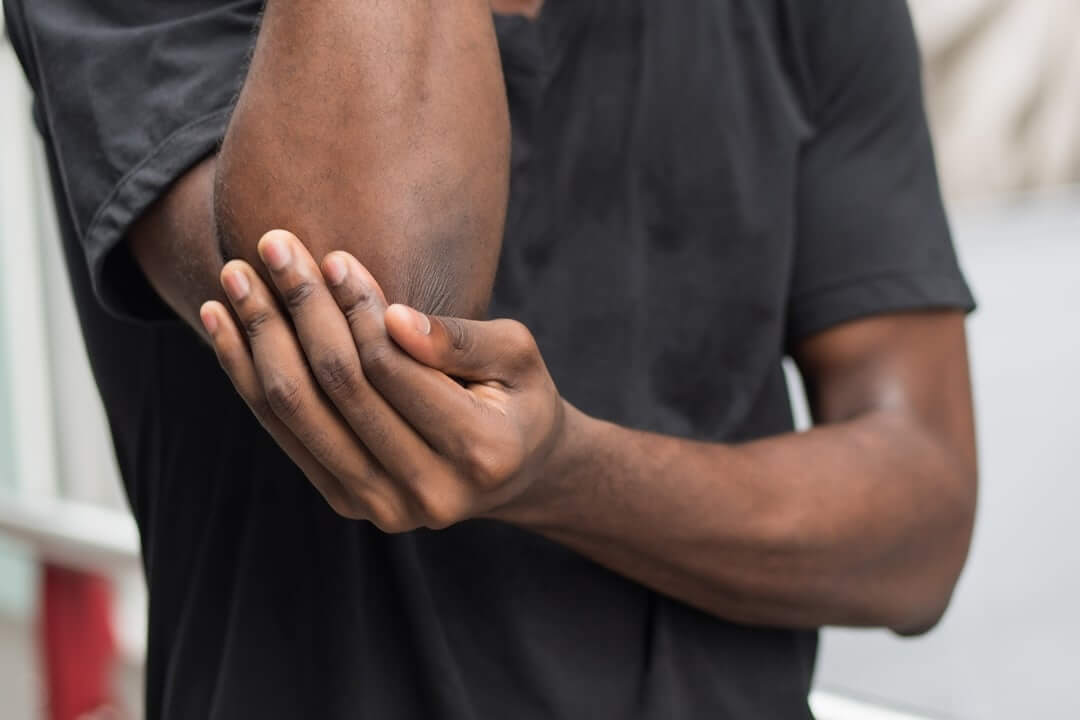
Acute pain is when the body is working to heal structural tissue damage. Everything is done to ensure structural and mechanical integrity if maximised of the injured tissues.

Most wounds recover in the repair phase of healing. Our therapists look after your wounds by providing dressings that are applied with a sterile technique to avoid infection.
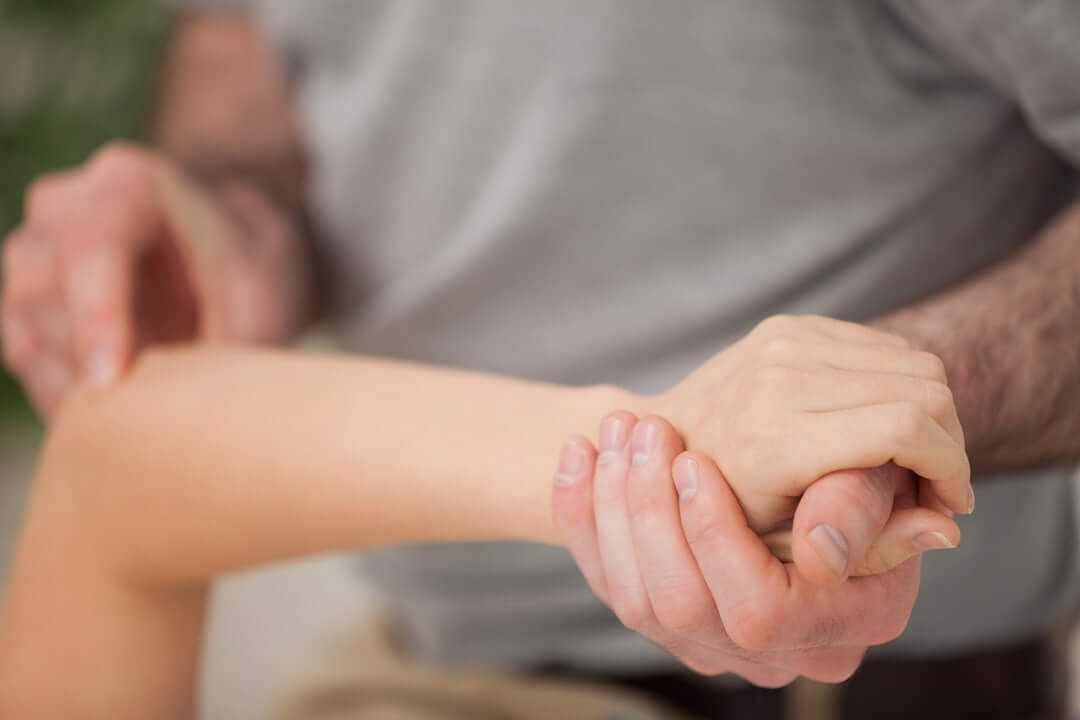
Joint mobilisation involves moving the joint back and forth in small oscillating movements further and further into range to restore the joints normal movement.
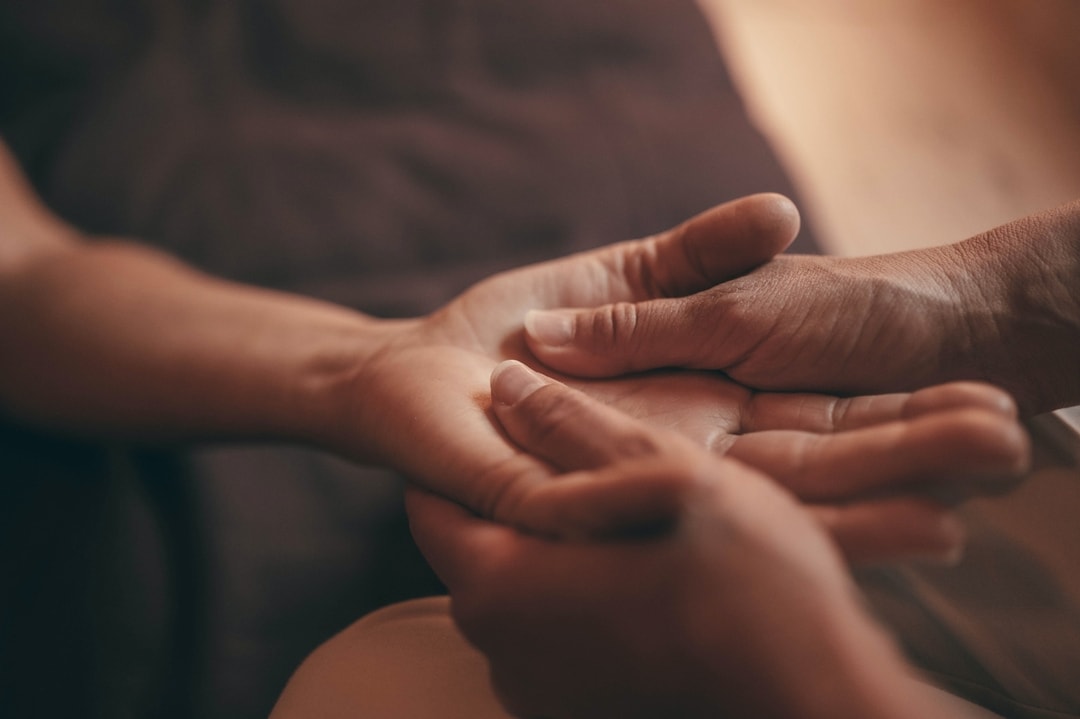
Massage helps to improve blood supply to the injured area, helping you recover faster.
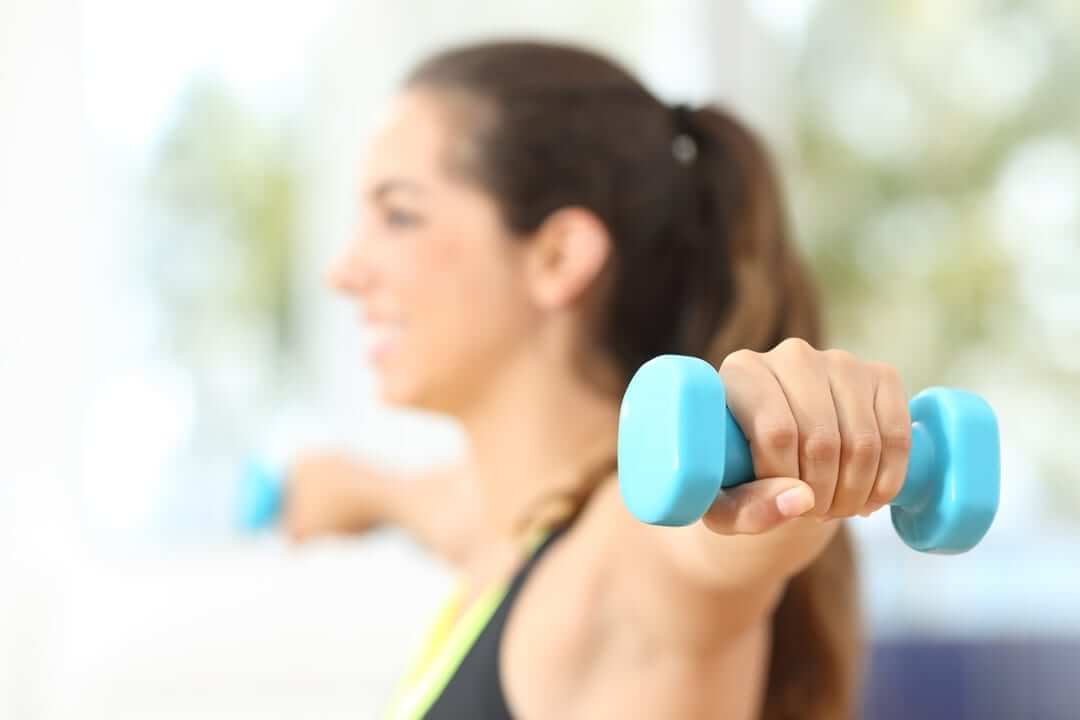
Exercise is the body’s natural way of restoration to improve stability, mechanics, strength and movement to an injury. Whether the injury is from overuse, trauma, disease or surgery exercises are necessary to restore function.
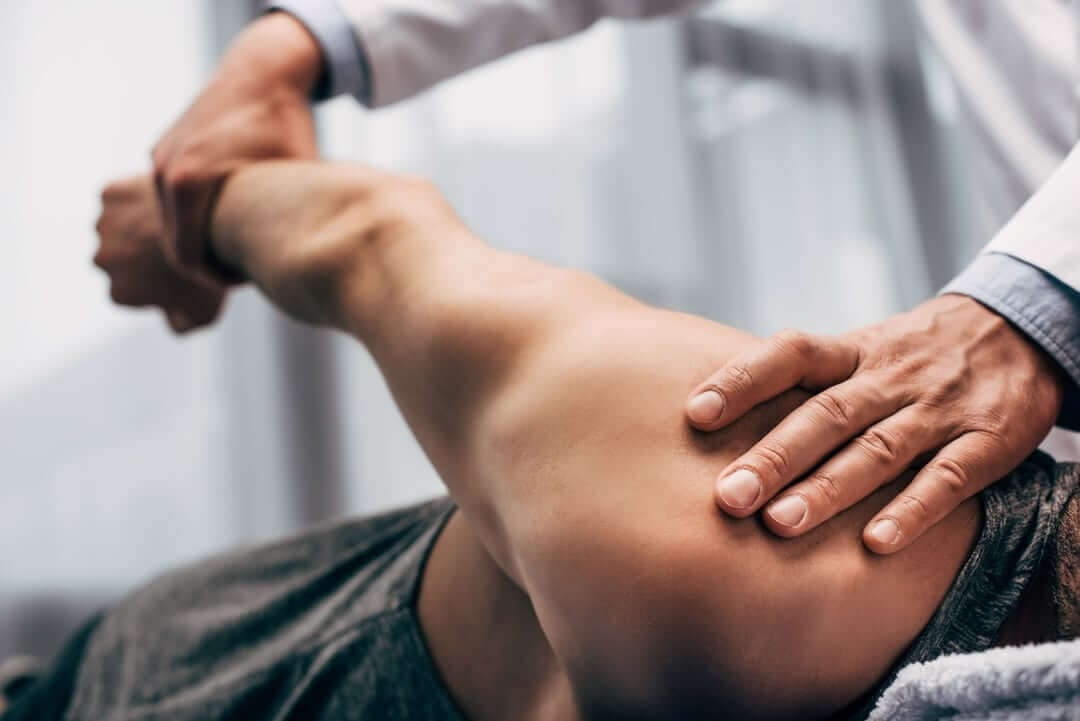
Stretching is extremely beneficial for our joints, muscles and tendons. Not only do they help prepare your body work/exercises they ensure you are working at your optimum energy efficiency.